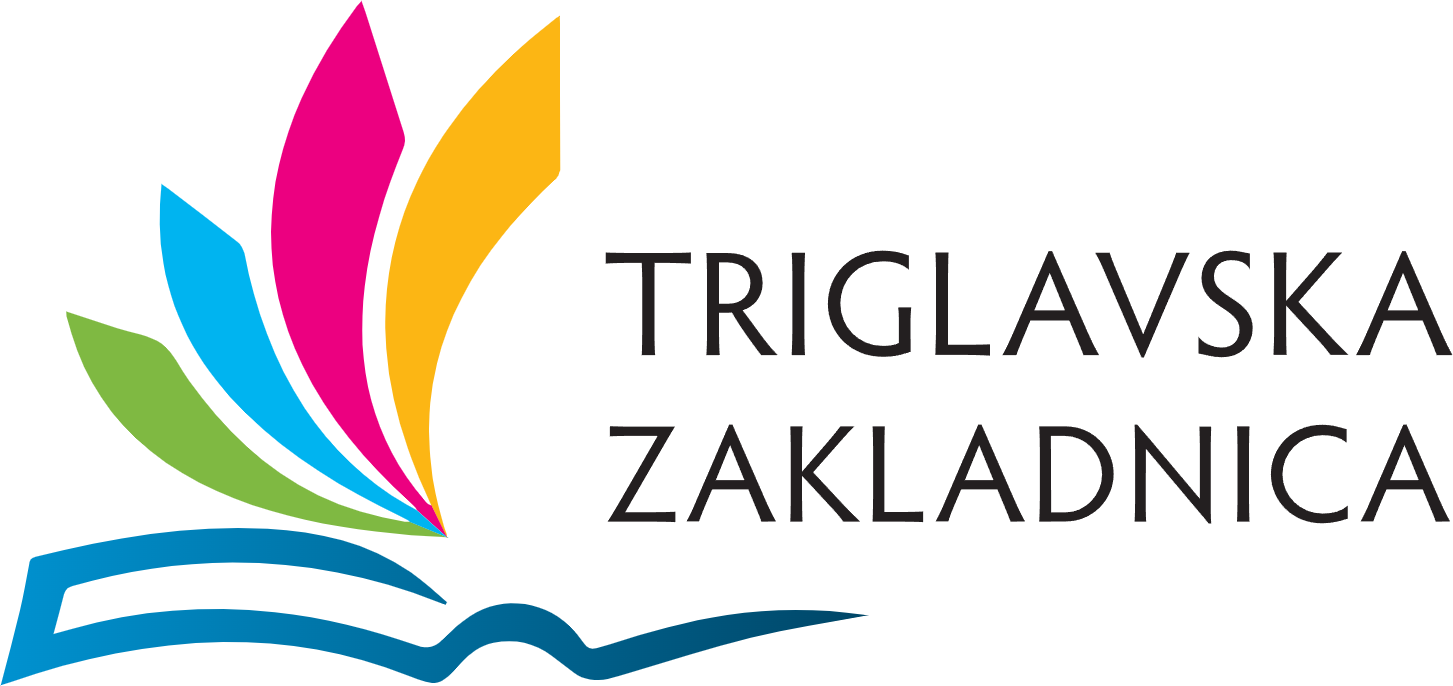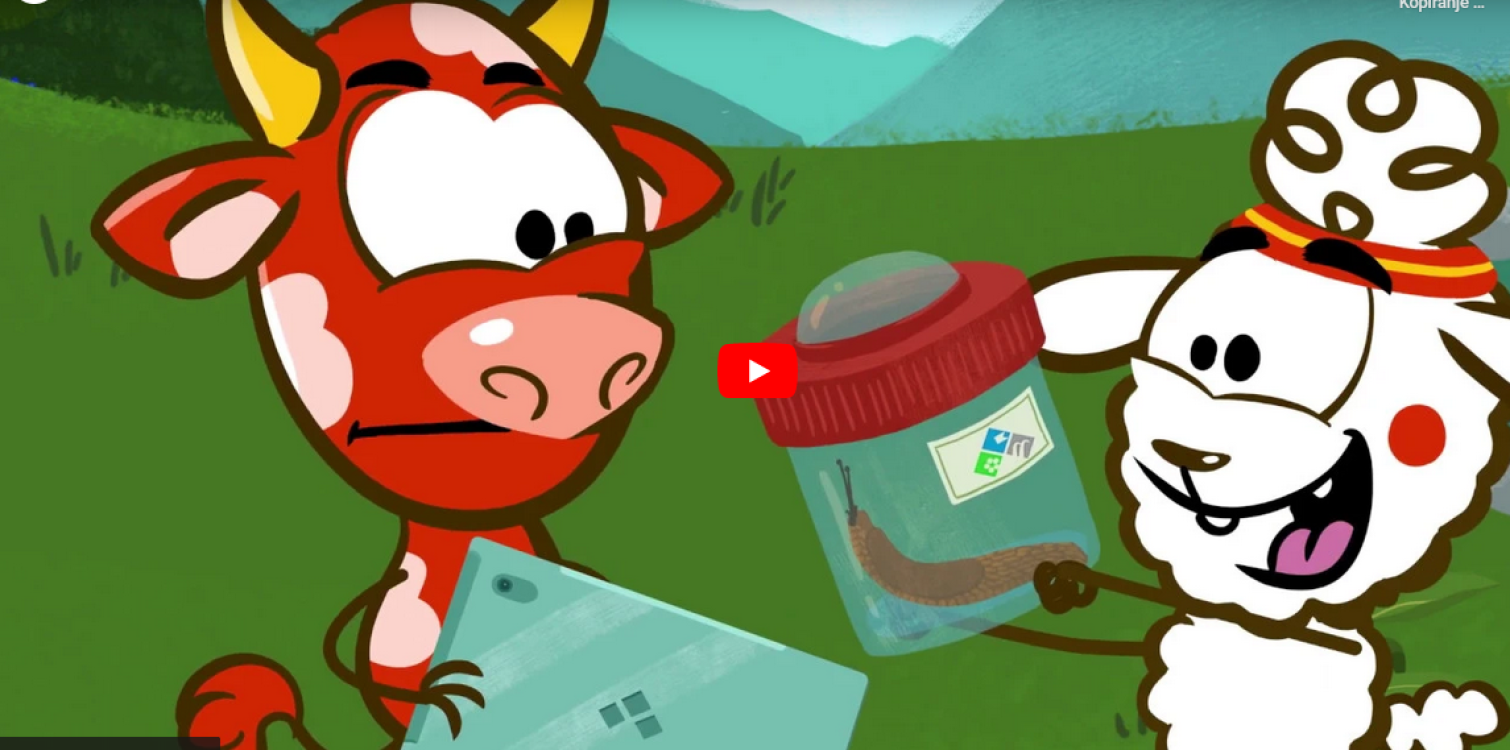According to the currently available data, 24 non-native plant species are present in the Triglav National Park. Some of them are highly invasive and occur in many locations.
You can find out more about invasive species on the Triglav National Park website under the Invasive species tab.
Climate change is also contributing to the accelerating spread of non-native species. Changes are reflected in a warmer climate, altered rainfall patterns and more frequent extreme events such as windstorms, ice storms, floods and droughts. The different ecological conditions can make it even easier for non-native species to spread, become invasive and outcompete native species in a new environment. The best way to successfully prevent the spread of these species is through prevention, or awareness-raising and education.
To this end, the Triglav National Park Public Institute has produced an educational animated film that presents non-native species and their impact on the surrounding area in an entertaining way.
Together with familiar characters, we explore some of the most widespread invasive plants and animals in our country.
An animated film and workshops on non-native species will be part of the climate change-related content to be prepared for the Community of Schools of the Julian Alps Biosphere Region in autumn 2020.
Thank you.

